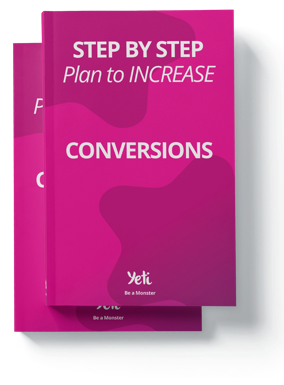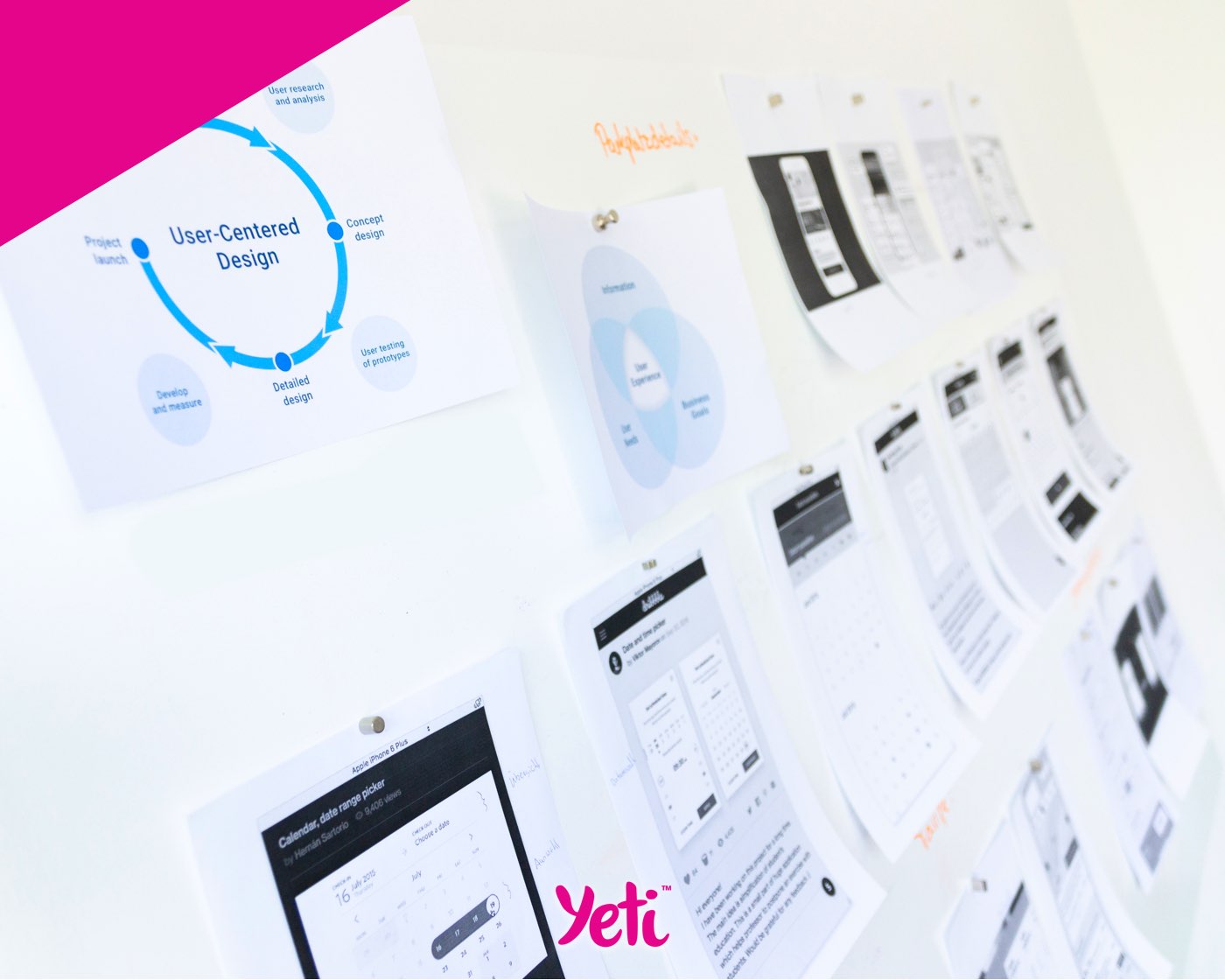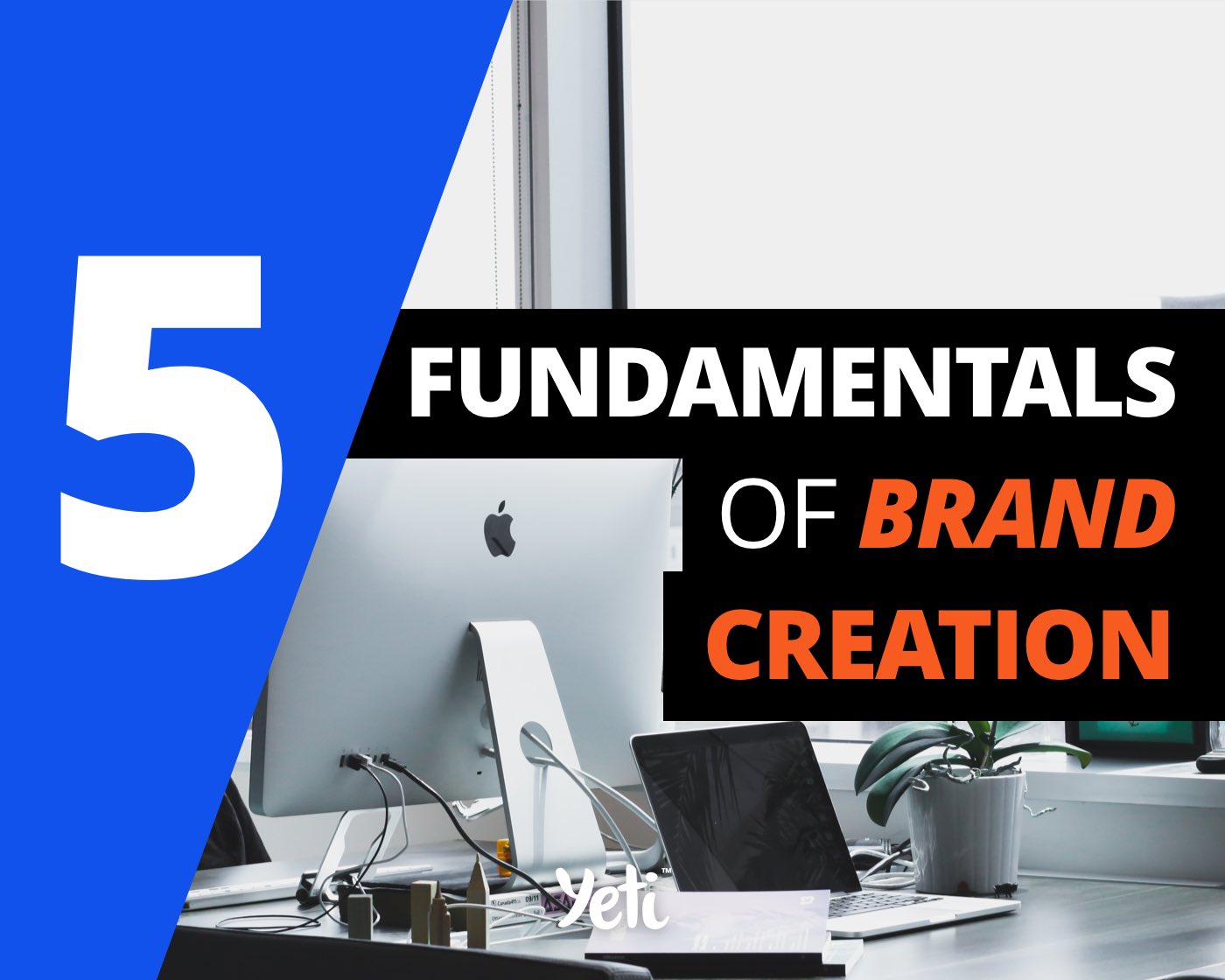It’s often said that sales cure all business woes. We’ve worked with many clients that have had great products, a beautiful online presence, and even a nice volume of traffic, but their sales weren’t as they hoped.
Often a few simple tweaks to your business’s funnel and website can take your marketing spend from the red to the black. Try these 10 simple tactics to increase your conversions and send us an email to let us know the results.
1. Add screen data recording
Do you know the truth about your customer’s digital experience?
Our clients often don’t know where to start when it comes to increasing their conversions, and it’s not surprising. You need to have a solid foundation of where you’re currently performing, and underperforming for you to make informed decisions.
Regular analytic data can only tell you so much, and often leads to business owners needing to fill in the gaps, or make small, calculated assumptions. To solve this, you want to install a screen data recording script on your website.
Adding a screen data service to your site gives you access to videos of your customers navigating around your site. This data can be invaluable for finding opportunities for increasing conversions. Are there problem links on your site? Are customers confused by the options of a dropdown? You’ll be able to discover a plethora of information based on these videos.
We’ve found them hugely valuable when increasing our clients sign-up, quote, and sale conversions, and the information we’ve extracted from the videos has created actionable intel that has generated our client’s tens of thousands alone.
We recommend installing this through all parts of your sales journey, from the landing page, funnel, store, and payment pages. The only restriction is that you can’t of course, record card payment information.
2. Add live chat
Adding a live chat platform to your sales pages can increase your conversions by leaps and bounds.
Typical results can be a 2 to 5 times increase. For example, if you’re converting 20 per 1000 views, with a live chat option installed you’ll find conversions of 40 to 120 per 1000.
Now, there is obviously a cost involved for the management; making sure someone who is capable of answering your customer’s questions is online. But depending on your offerings margins, it may more than cover it, and you’ll also benefit obtaining the invaluable data that is ‘your potential customer’s top questions!’
We use Live Chat on our own website and many of our clients and couldn’t recommend it more.
3. Reduce questions set
If your customers are expected to complete a form for ordering, getting in contact, signing up, joining, paying etc, try to find ways to reduce the form.
Go through your forms and see which fields you can auto-populate, ask later down the funnel, or simply remove completely. We’ve found that reducing the number of questions we asked had a great effect on increasing conversions.
A price comparison website we work with saw conversion increases of 7%, which converted into tens of thousands in monthly revenue, simply by auto-filling fields like state, and city from their zip code, and removing unnecessary questions.
Reducing the number of words you use in asking the questions can also have a positive effect. Check over your question set and ask yourself, ‘is there a clearer, simpler way I can ask this question?’ Simplicity is key.
4. Assess for clarity
Following on from this, go through your customer’s entire journey and assess it for clarity. Placing yourself in the ‘customer’s shoes’ and asking questions such as ‘is this clear?’ ‘Is it clear what I’m asking for here?’ ‘Is it simple to understand what’s on offer?’ ‘Is it clear what benefits the customer will obtain by buying my product/service?’
These questions will help you decipher opportunities to make your offering cleaner, simpler, clearer, and all of these will increase your conversions.
We have helped our clients make their offering and messaging clearer and they’ve seen massive ROI because of it.
5. Split test and let the market decide
We’ve often found that our clients, though having a great understanding of what their customers potentially are looking for, make small but consequential assumptions.
They’ll make assumptions that their customers are of a certain mindset when hitting their landing page, that they understand the industries terminology, or that it’s clear what they’re expected to do next.
This is why at Yeti we always say, ‘let the market decide’. No ad idea is a bad one until the market decides so. CPM costs can be so low with social media marketing that it’s always worth testing your idea with a split test and letting the market decide what works.
Let the market decide what works, then make a decision.
6. Monitor, monitor and monitor some more
There is little point in implementing changes that you believe will increase conversions if you don’t monitor their effectiveness.
We’ve been equally shocked when we’ve implemented negligible updates that have had huge effects on increasing conversions, as we have when pushing an update that’s sole purpose was to increase conversions and found it’s had little effect. All customers are different, and all markets are different, so test your ideas in split tests, and monitor monitor monitor your analytics to check your assumptions are correct.
7. Sell a lifestyle through storytelling
If it’s true that people don’t buy what you do, they buy why you do it, and there is a strong reason to believe that this is the case with companies like Apple and Nike believing in this philosophy strongly, then updating your marketing materials to sell a lifestyle can increase your conversions massively. We wrote an article that goes deeper into this concept called the 5 fundamentals of brand creation.
There is a great example of this with the app ‘Duet’, that was created by a couple of ex-Apple engineers. Their marketing video had only 2 words — ‘Do more’. Their app adapts your tablet into a second screen, and they never sold the quick speed, the extra desktop space you get, or the screen mirroring functionality (at least not directly), they sold the lifestyle.
They sold the lifestyle of the person that uses their app. The lifestyle was that you’re a high achiever, that productivity is important to you, that you believe in your work, are creative and are passionate. Sell the lifestyle and people will come from around the world seeking out your product/service. Sell features and benefits, and you’ll be drowned out by the noise of the internet.
8. Add Hotjar heat mapping
Adding a heatmapping software to your website allows you to monitor where people are hovering, viewing and clicking your website. Hotjar can often give valuable data for determining opportunities to increase your conversions via heat mapping.
Is there an element on your site that looks like it should be clickable? A button within a picture that causes confusion? An underlined word that looks like an old fashioned link?
Using this data can often undercover small updates that make big changes to your conversions, especially on landing pages. Sometimes, just making that picture clickable as well the button makes all the difference.
So make sure you add this free tool to your website asap.
9. Install action based tracking
You’ll be using Google analytics or an alternative for tracking your web traffic I’m sure, but check if your analytics provider offers action-based tracking.
This will allow you to follow your users journey in minute detail, and find hidden opportunities for converting more customers. An action track may show you how many people are clicking the first call to action on a landing page against the second, and thus inform you if you’re giving the information they’re looking for above the fold. If not, adding some of the information the customers are seeking to find from further down your page to above the fold, can help get more customers through your journey.
So add action tracking into your analytics and monitor them for keys to unlocking conversions.
10. Facebook pixel and action tracking
Finally, we’d be insane not to include adding a Facebook pixel to your website as a conversion optimising monster. Adding this pixel will allow you, of course, to target your previous visitors through your social campaigns, but also create ‘look-a-like’ audiences.
It obviously works across both of Facebook’s companies — Facebook and Instagram — and statistically, only 10% of your initial marketing spend is needed to convert a retargeted potential customer.
So implement all 10 of these steps for increasing your conversions and let us know how they affected your stats!
Like this post? Great! Follow us on Instagram @yetiinc and on Facebook @yetiinc




